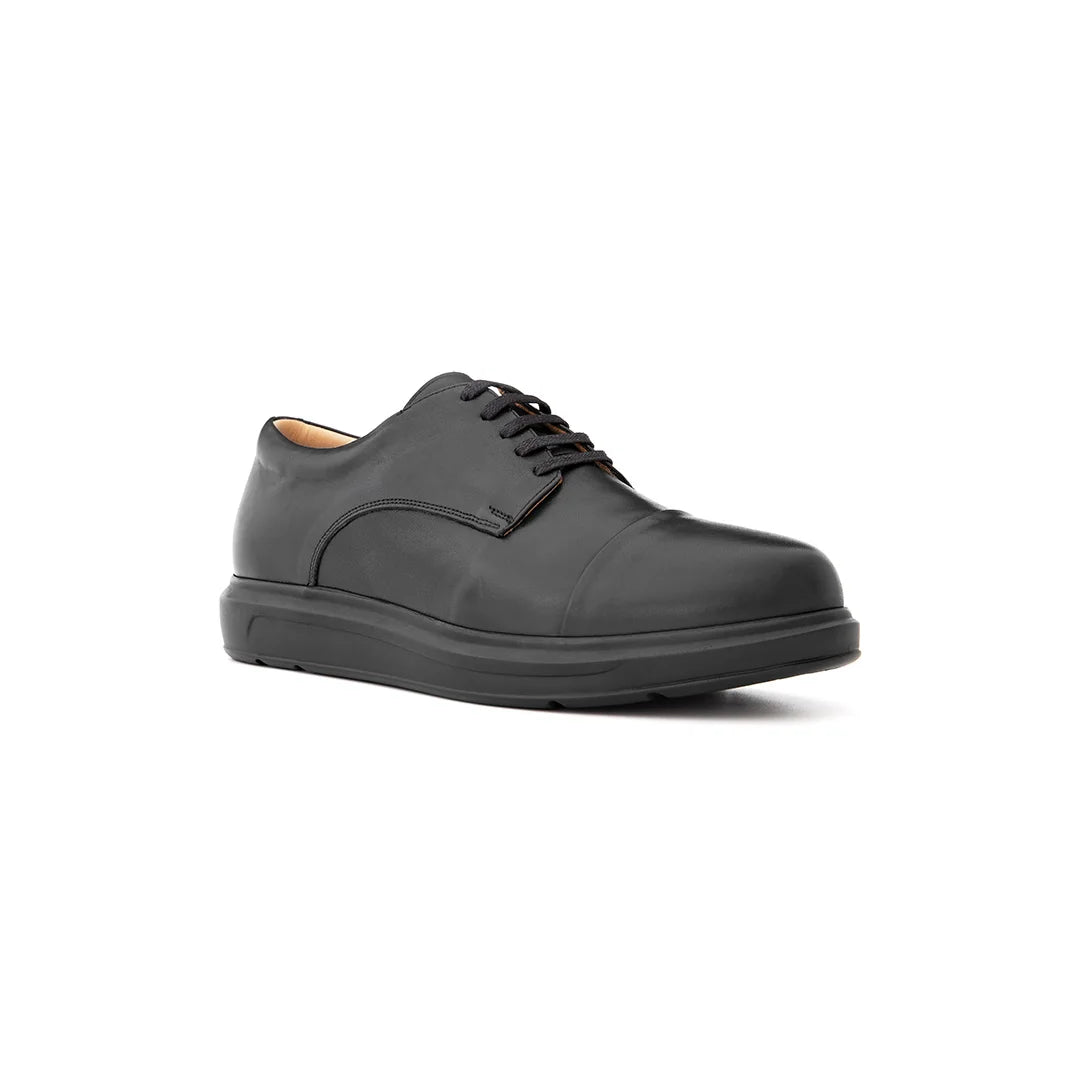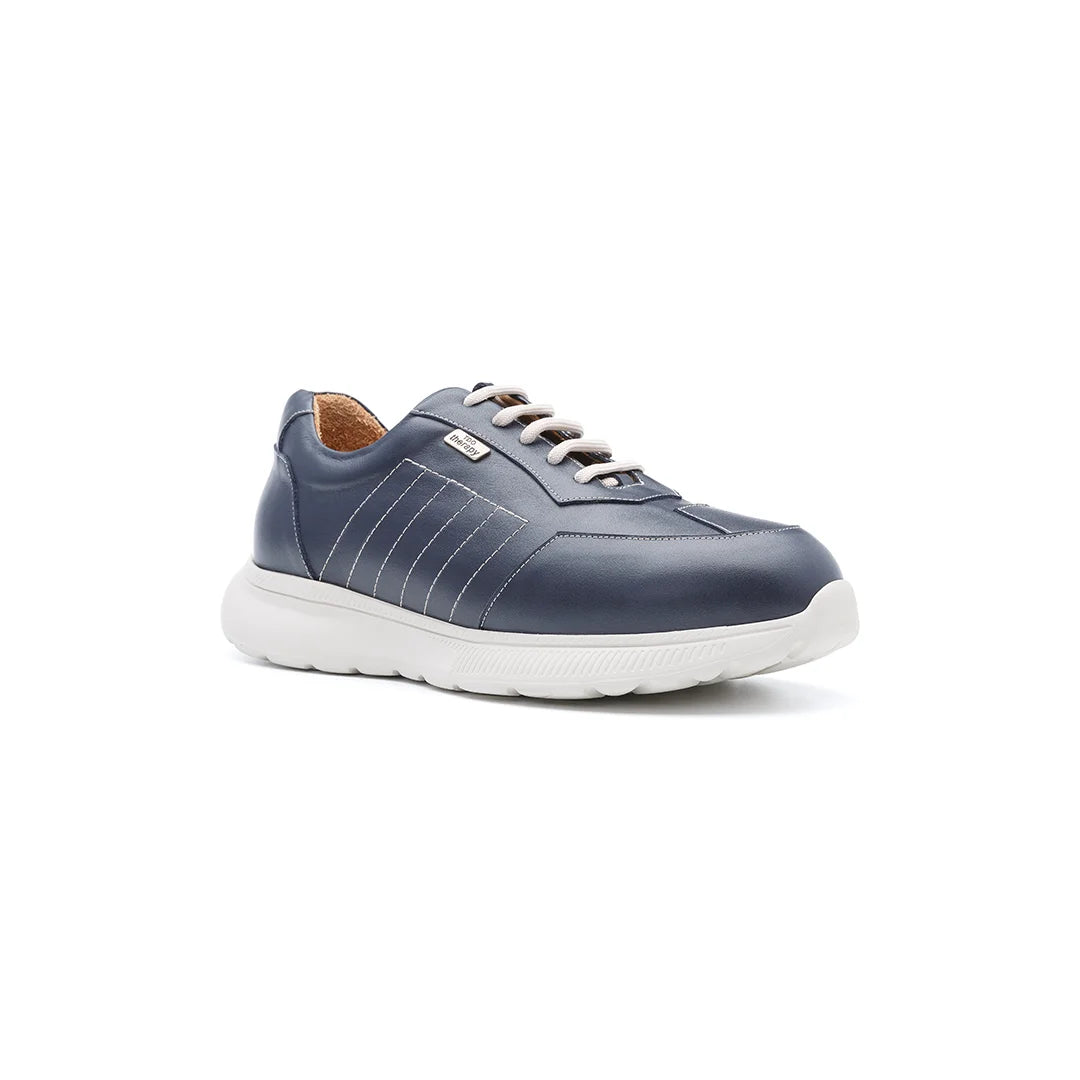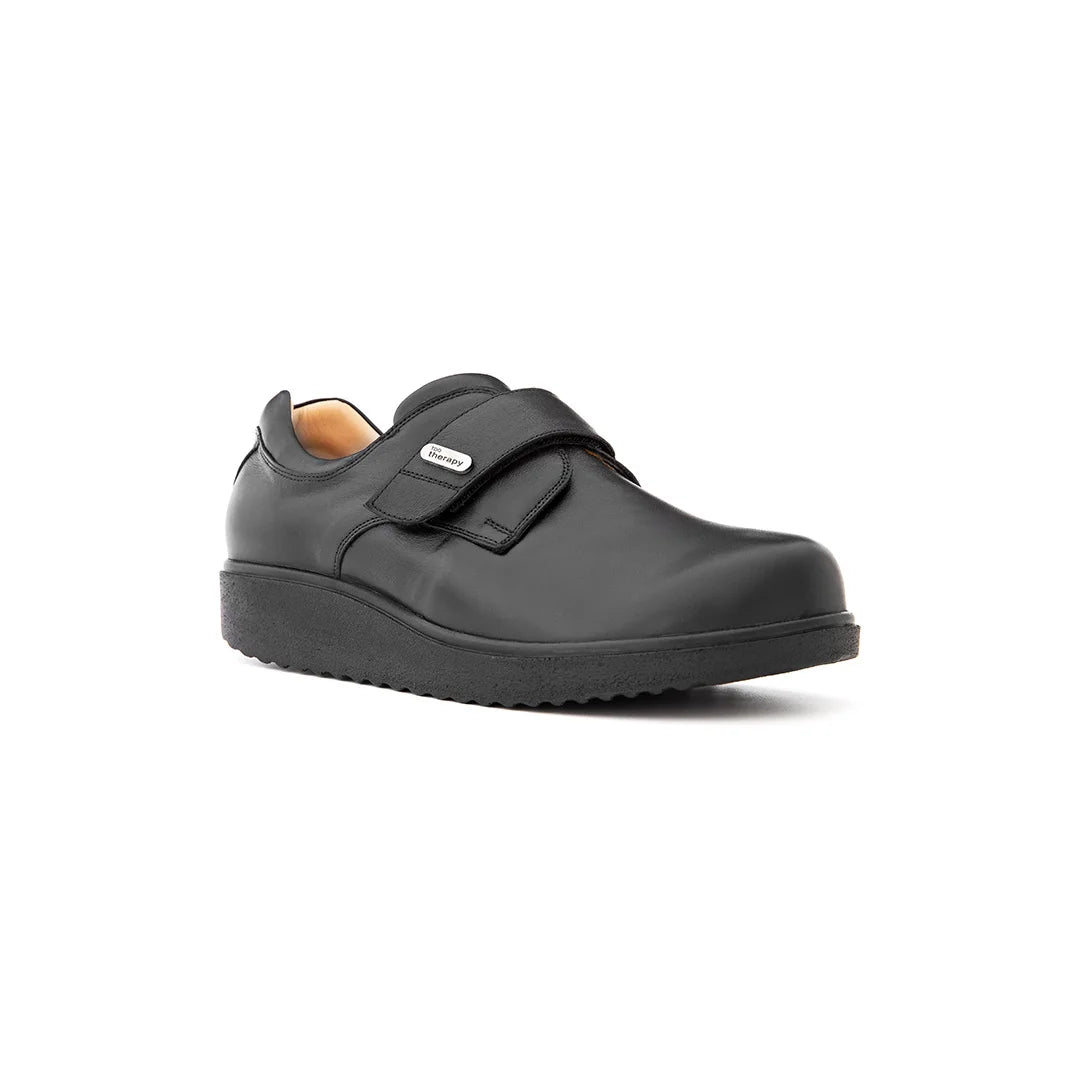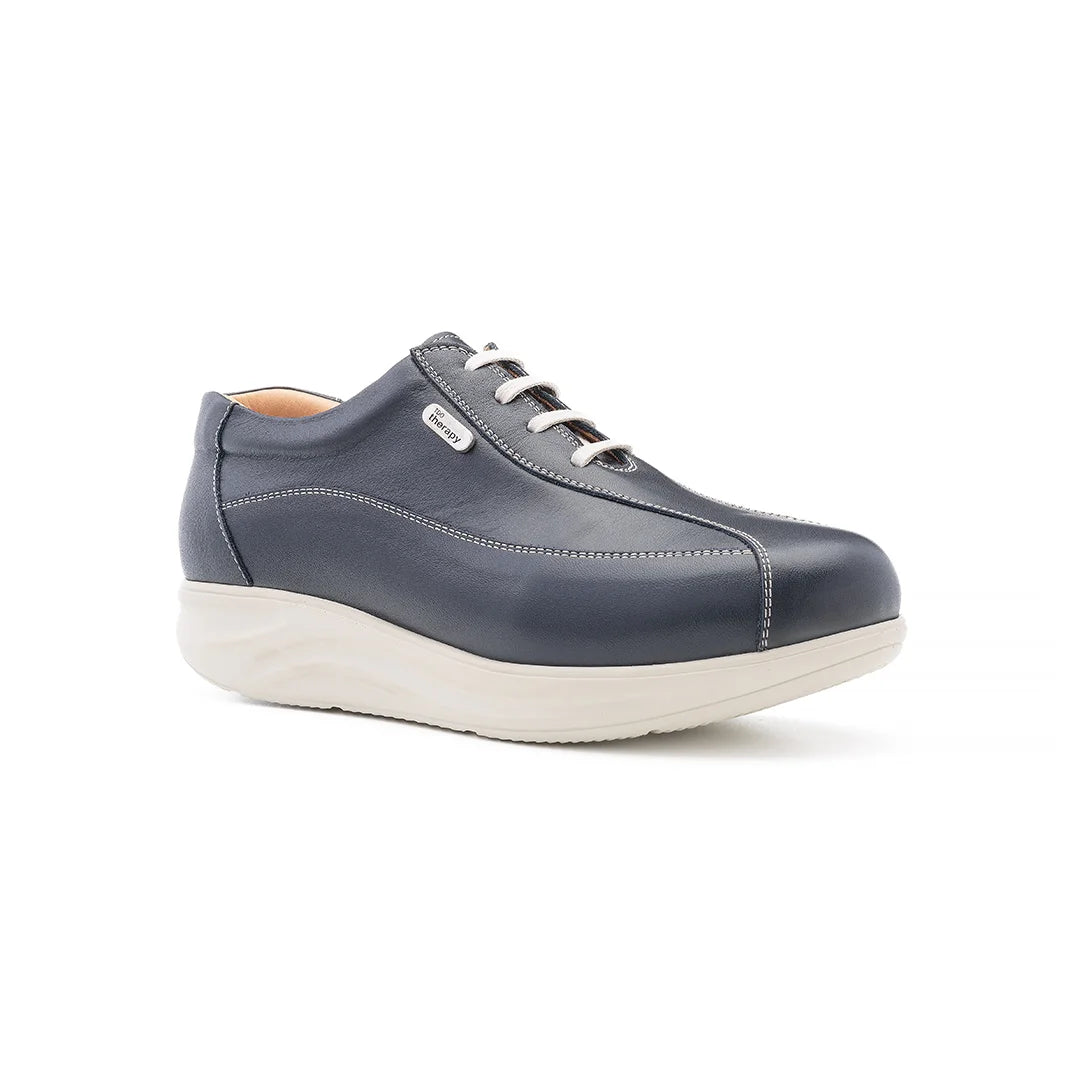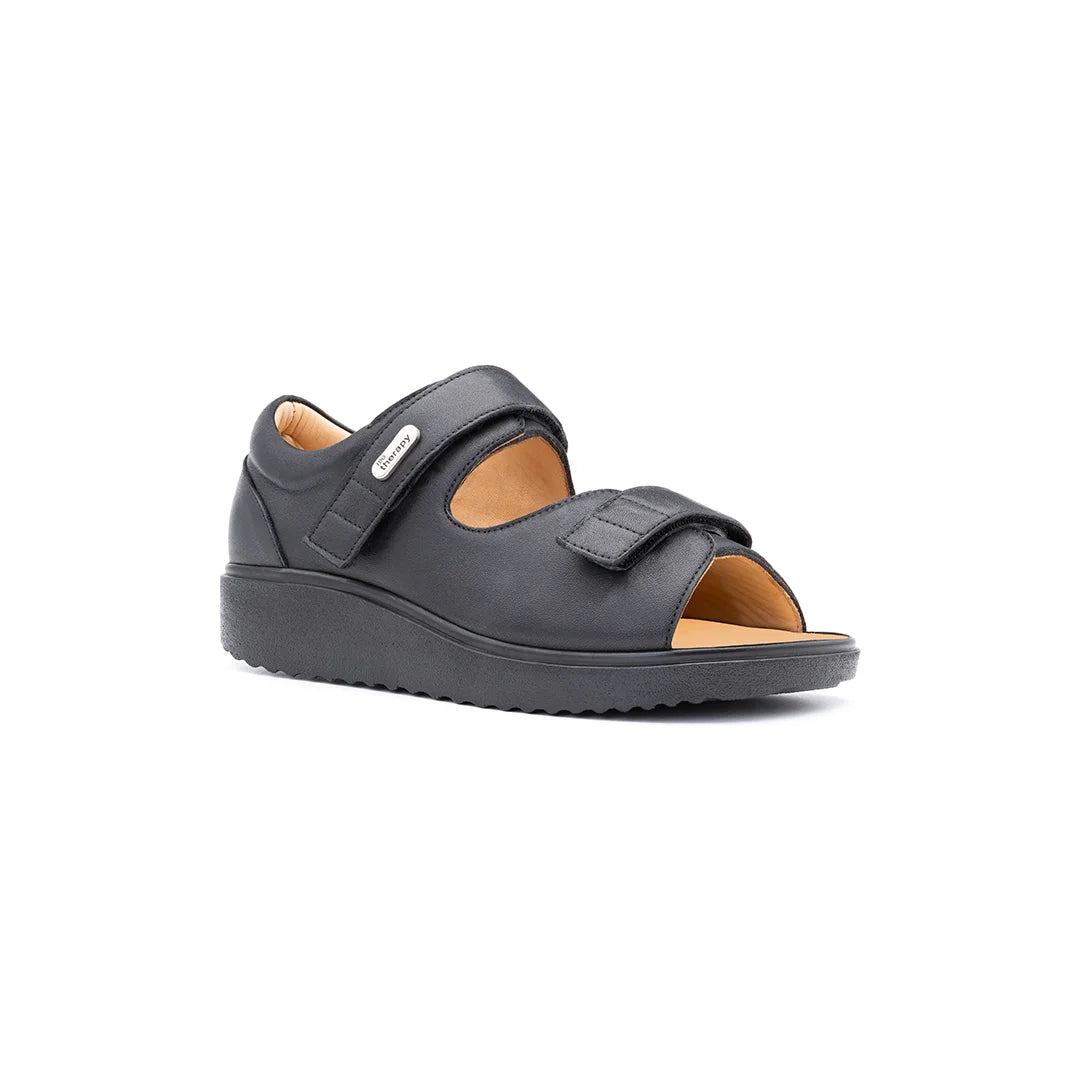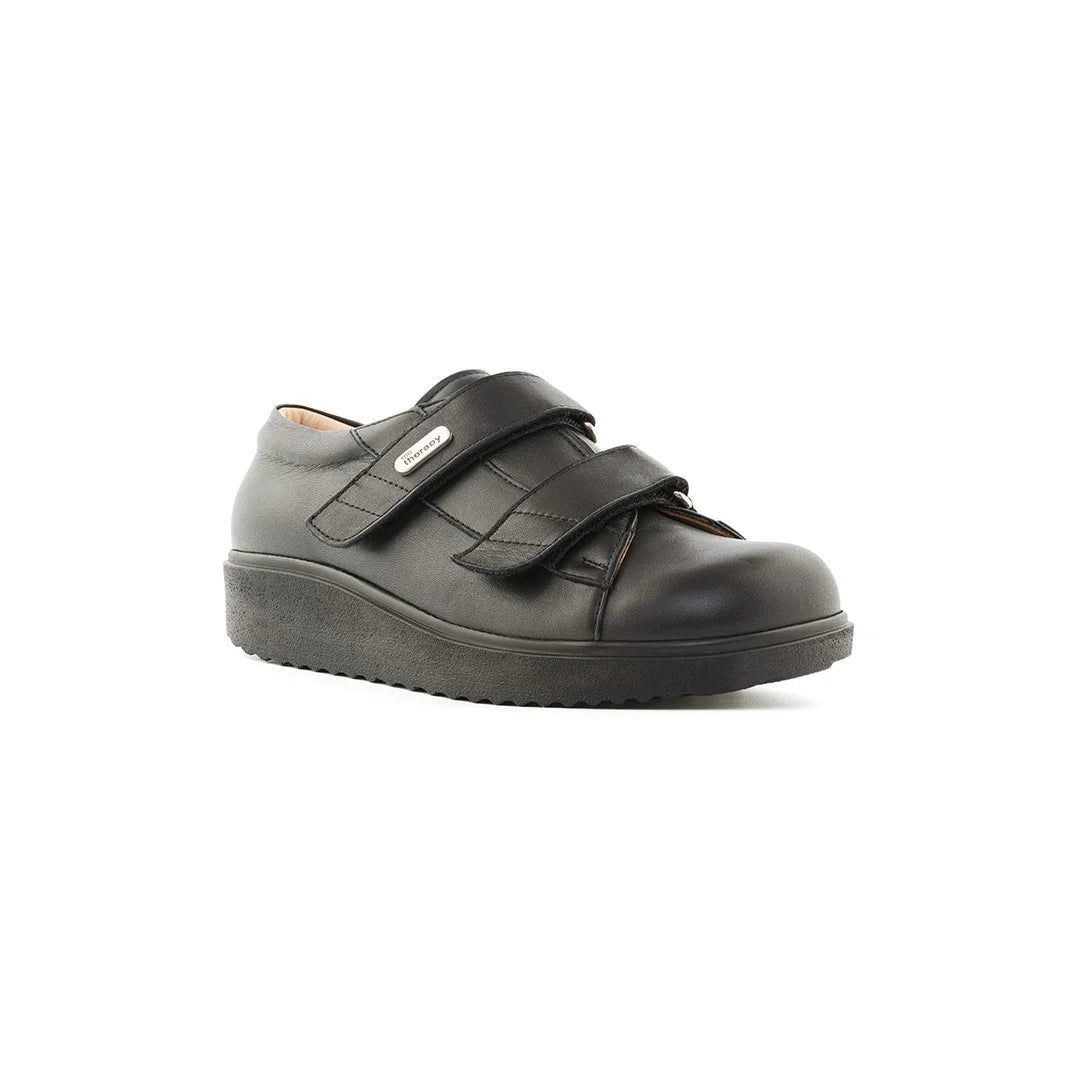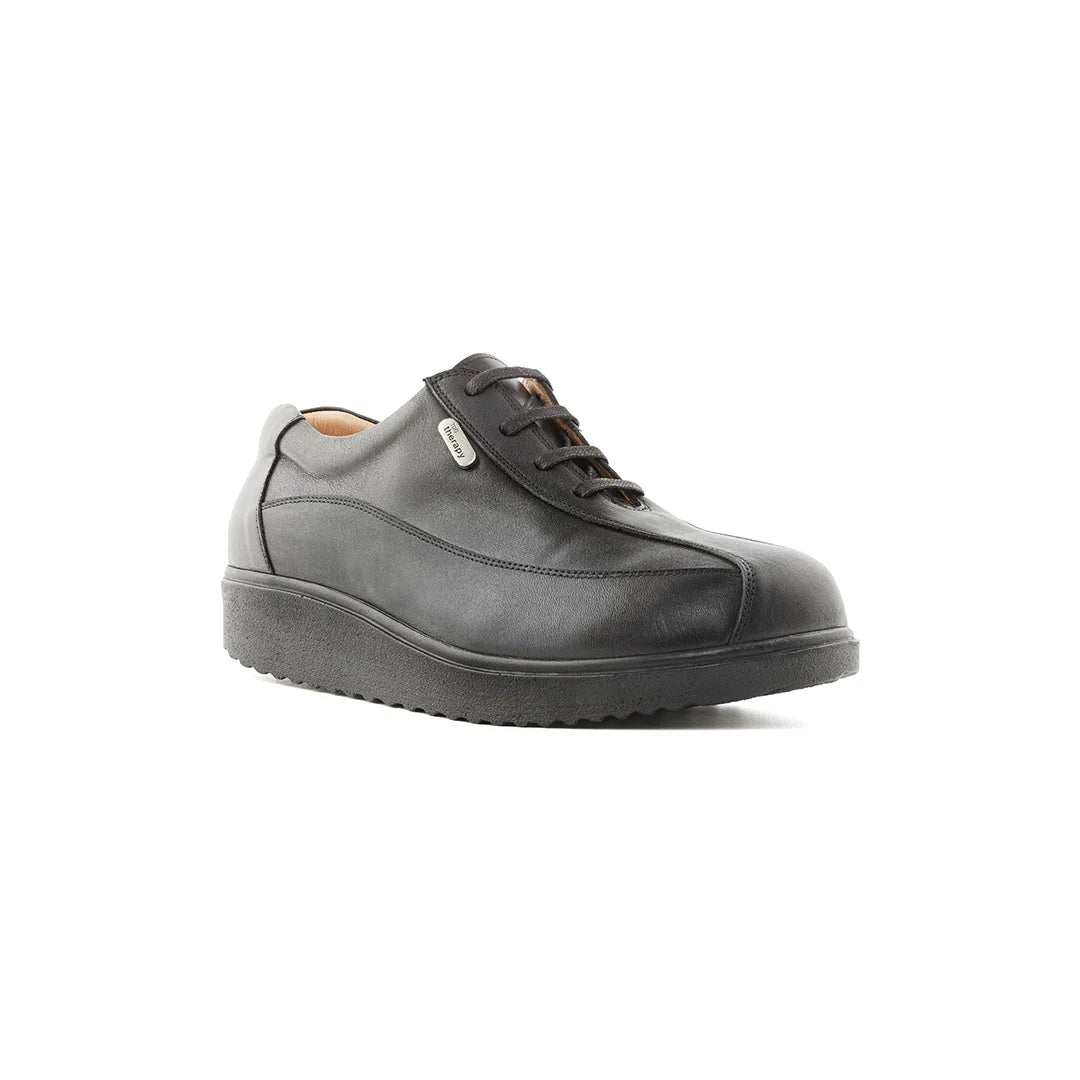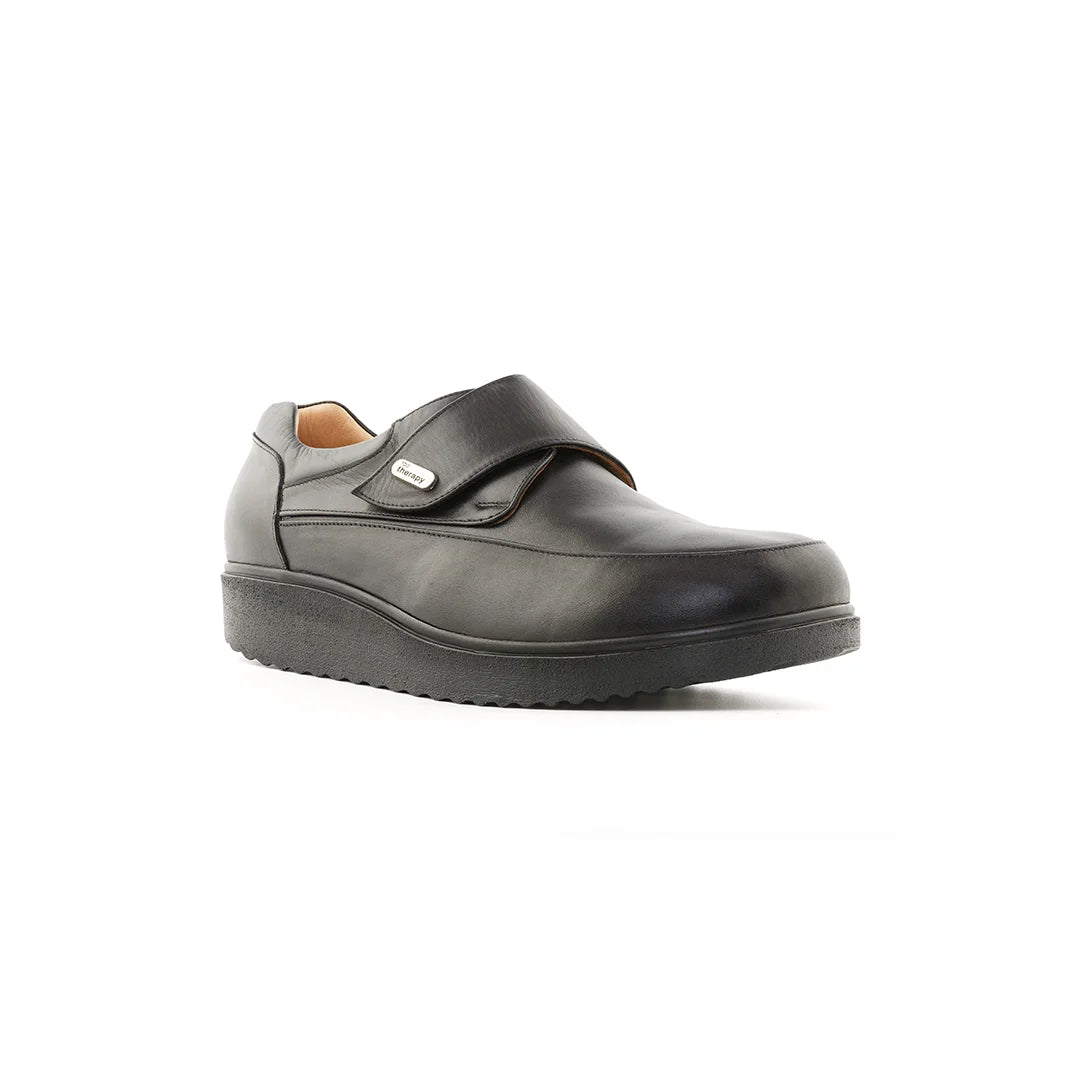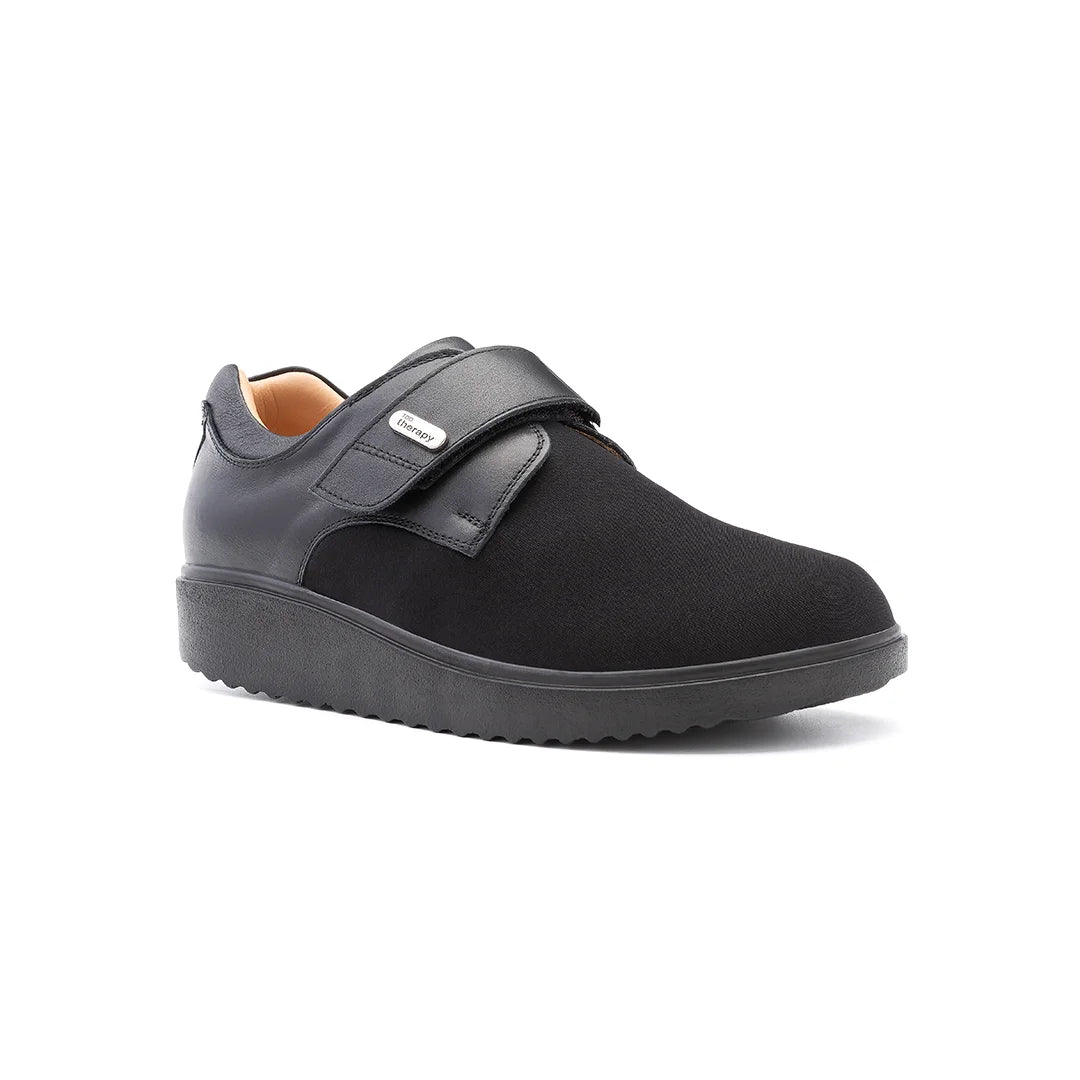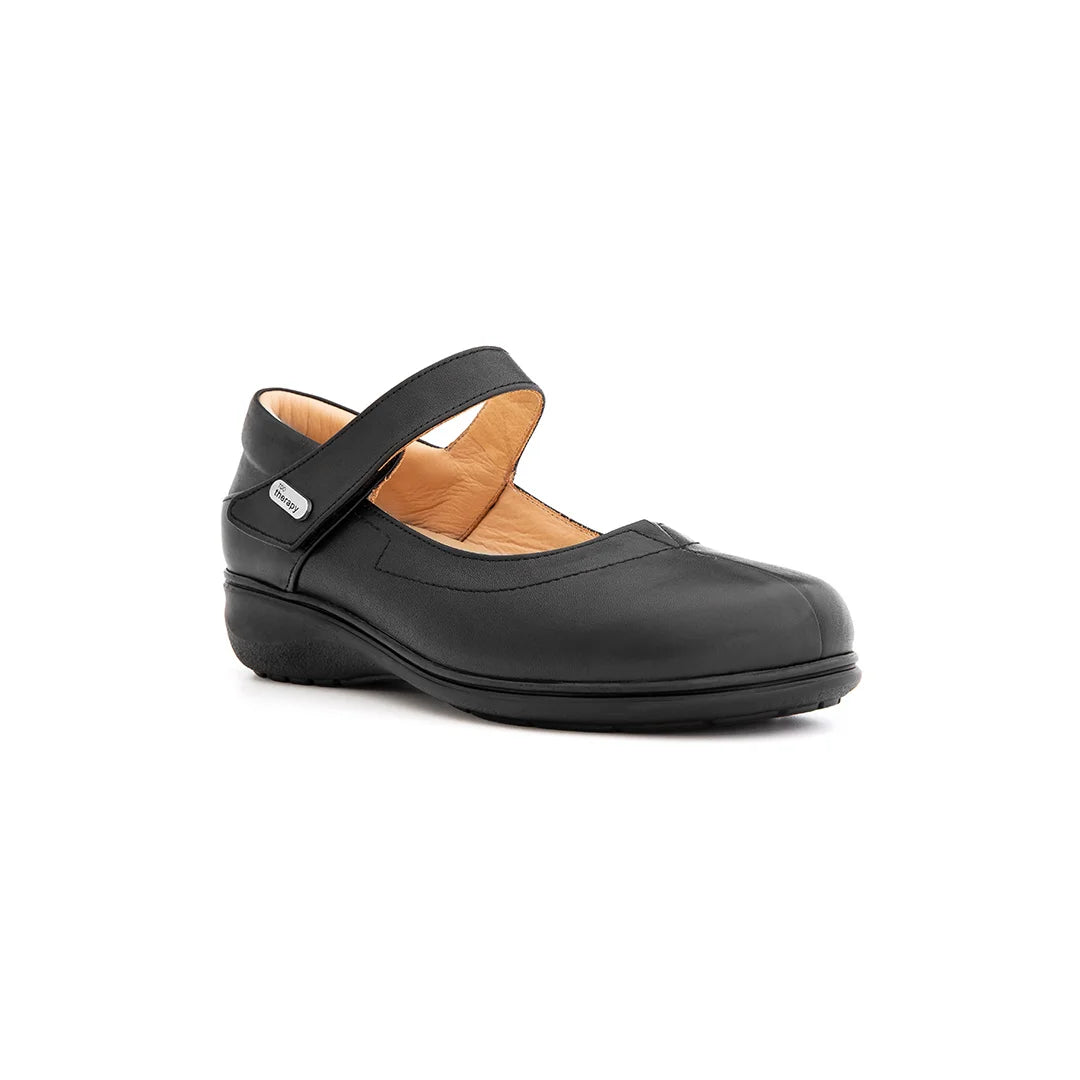Getting older doesn’t mean slowing down — at least, it doesn’t have to. But let’s be honest: as we age, our feet often need a bit more care and support than they used to. From reduced balance to foot pain or changing foot shape, the right footwear becomes more important than ever. That’s where orthopaedic shoes come in. This guide explores how specialised shoes from TDO Therapy can help older adults stay mobile, safe, and comfortable — no matter what the day brings.
Key Takeaways
-
Ageing feet are more vulnerable to pain, instability, and medical conditions.
-
Orthopaedic shoes offer enhanced support, cushioning, and stability.
-
TDO Therapy designs shoes with extra depth, secure fastenings, and rocker soles to reduce strain and improve balance.
-
Choosing the right footwear can help prevent falls and other age-related foot complications.
-
Proper care of your shoes extends their benefits and keeps you moving comfortably.
Understanding the Changing Needs of Ageing Feet
What Happens to Our Feet as We Age?
As we get older, our feet go through a number of changes. These might not be obvious at first, but they have a big impact on comfort and mobility. You might notice:
-
Loss of natural padding, especially under the heel and ball of the foot
-
Flattening of arches, which can lead to overpronation and fatigue
-
Stiffness in joints, especially with conditions like arthritis
-
Slower healing and increased risk of injury
-
Balance issues, which make stability a top priority
Many older adults also experience conditions like diabetes, bunions, or circulation problems — all of which make proper footwear essential.
Impact of Footwear on Senior Wellbeing
Shoes that once fit perfectly may now rub, pinch, or lack support. Unfortunately, poor-fitting footwear can lead to:
-
Pain and discomfort during walking
-
Increased fall risk due to instability
-
Foot ulcers or infections, especially in diabetic patients
-
Postural changes that affect knees, hips, and lower back
Orthopaedic shoes provide a safer, more supportive option — helping older adults maintain their independence and avoid complications.
Key Features of Orthopaedic Shoes for Older Adults
Not all shoes are created equal. For ageing feet, features that promote support, safety, and comfort aren’t optional — they’re essential. Let’s look at what to prioritise:
Supportive and Cushioned Soles
As natural padding wears down with age, cushioning becomes critical. TDO Therapy shoes use rocker soles and shock-absorbing midsoles to reduce pressure on joints and ease each step.
This helps reduce:
-
Heel and arch pain
-
Joint stress in the knees and hips
-
Fatigue during daily activities
Stability and Anti-Slip Features
Staying steady on your feet becomes a higher priority with age. TDO Therapy shoes include:
-
Wide, stable bases
-
Firm heel counters
-
Grippy outsoles to reduce slipping
Together, these help improve balance and reduce the chance of falls — one of the leading causes of injury in older adults.
Adjustable Fastenings for a Custom Fit
As swelling, arthritis, or reduced dexterity affect foot shape and mobility, Velcro straps, zips, or easy-close fastenings make putting on shoes easier. Many TDO models allow for micro-adjustments to ensure a snug, secure fit throughout the day.
Choosing the Right Orthopaedic Shoes for Ageing Feet
For Older Men
-
Look for roomy designs that don’t crowd the toes.
-
Choose rocker soles for smoother movement and better stability.
-
Prioritise shoes with adjustable straps or zips for ease of use.
TDO offers wide and extra-depth shoes for men with changing foot shapes or swelling — ideal for everyday support.
For Older Women
-
Avoid narrow or heeled styles that throw off balance.
-
Pick shoes with a rounded toe box and soft interior.
-
Choose breathable materials to prevent skin irritation.
TDO women’s shoes, like Vera and 606-W, combine comfort and classic style — suitable for both daily wear and more active lifestyles.
Benefits of Wearing Orthopaedic Shoes in Later Life
Enhanced Comfort for Daily Activities
Whether it’s walking the dog, doing the shopping, or just pottering about the house, comfortable shoes make life easier. TDO Therapy’s supportive designs help reduce pain and increase endurance.
Better Balance, Less Risk
Orthopaedic shoes help improve alignment and reduce instability. That means fewer stumbles and a lower risk of falls — giving you more confidence in every step.
Long-Term Foot Health
Proper support reduces the chance of developing:
-
Pressure sores
-
Calluses and corns
-
Plantar fasciitis
-
Bunions and hammertoes
Investing in the right footwear now helps avoid these issues down the line.
Caring for Orthopaedic Shoes
Keep Them Clean and Dry
Wipe shoes down regularly with a damp cloth. Let them air dry, and avoid placing them near heaters or in the sun, as this can crack the leather or deform the soles.
Store and Rotate
Use shoe trees to help them maintain their shape. Rotate between pairs to give shoes a chance to recover and reduce wear.
Replace When Needed
As soon as you notice the soles thinning, the fit changing, or the support lessening, it’s time for a new pair. Most orthopaedic shoes last 12–18 months with regular use.
When to Speak with a Specialist
If you’re unsure what type of support you need, it’s worth speaking to a podiatrist or orthotist. They can evaluate your gait, foot structure, and medical conditions, then recommend the best shoe style for your needs.
The TDO team also works closely with healthcare professionals — and we offer in-person fittings to help find the perfect pair.
Conclusion
Your feet may change with age, but comfort and mobility don’t have to be a thing of the past. The right orthopaedic footwear — like TDO Therapy’s medically designed shoes — can make walking easier, safer, and far more enjoyable. With options that suit all foot types, needs, and stages of life, you can keep doing what you love — without worrying about your feet holding you back. After all, growing older is about living well — and that starts from the ground up.
Frequently Asked Questions
Why do older adults need different shoes?
As we age, our feet lose cushioning, our joints stiffen, and balance can decline. Orthopaedic shoes offer better support, protection, and stability.
What makes TDO Therapy shoes suitable for seniors?
TDO shoes are handcrafted with natural leather, extra width and depth, shock-absorbing soles, and easy-to-use closures — perfect for older adults with changing feet.
Can orthopaedic shoes prevent falls?
Yes. Shoes with firm support, non-slip soles, and secure fastenings help improve balance and reduce the risk of slips and falls.
Do TDO shoes come in wide or extra-wide sizes?
Yes. TDO offers a range of widths and depths to accommodate bunions, swelling, or unique foot shapes.
How often should I replace my orthopaedic shoes?
Every 12–18 months, or when you notice a change in comfort or support. Regularly checking your shoes helps prevent foot issues from creeping in.



